When you come to think of it, it’s not really that far away but for most of us, this is unfamiliar countryside. Charnwood Forest in northwest Leicestershire lies less than seventy miles away from Macclesfield buts it’s an area worth exploring and full of history.
For this walk our starting point is the village of Cropston and this time I am accompanied with my wife and daughter. Cropston is an attractive village with several ancient houses and from the village we are taking a path southwest running parallel to Cropston Reservoir.
After a mile we enter the large Bradgate Deer Park, and this is a popular spot for walkers. It’s only a short distance to the ruins of Bradgate House, which was one of the first un-fortified Tudor houses to be built and is said to be reminiscent of Hampton Court. The house was built by Thomas Grey, an ancestor of Lady Jane Grey who was known as the ‘Nine day Queen’. Building work took twenty one years between 1499 and 1520 with further improvements being made up to the1600’s. In 1694 the house suffered damage when the first wife of the 2nd Earl of Stamford allegedly started a fire but it was repaired in time for the visit, in 1696, of King William III. By the late 1730’s the house was left empty and slowly fell into decay but today the ruins are now preserved by the Bradgate Park Trust.
We are now walking up through the park passing several grazing deer to reach the war memorial at one of the high points within the park boundary. On the way we pass several rocky outcrops and these ancient rocks date from pre-Cambrian times and are some of the oldest rocks in Britain. There is much volcanic rock in the area and in the ancient sedimentary rocks the oldest fossils in Western Europe have been found.
With a few showers around we take shelter in the lee of Old John Tower to have an early lunch and to survey the excellent view across the southern half of Leicestershire. Old John Tower is a well known local landmark in Leicestershire. The tower was built in 1784 as a folly by the 5th Earl of Stamford and replaced a former wooden windmill. But why is it called ‘Old John Tower? The following is a story taken from the Bradgate Park website – ‘Legend tells us that Henry 4th Earl of Stamford, raised a great bonfire on the Hill to celebrate the christening of his Grandson, George Harry, (later to become the 6th Earl) who was born on 31st October 1765.Twenty one years later, another huge open-air fire was built on the Hill by the 5th Earl on 31st October 1786 as part of the festivities to mark the coming of age of George Harry. At the height of the celebrations, a bonfire timber burnt through, falling amongst the guests and accidentally killing an old retainer of the Bradgate Estate called John.
After the accident, the 5th Earl is reputed to have decreed that the Tower be named in affectionate memory of “Old John”. It is reputed that the stonework at the side of the Tower was altered so it looked like a handle – perhaps knowing the old man’s liking of ale, it was deliberately modelled to give the Tower its familiar beer tankard shape of today’.
Setting off once more we leave Bradgate Park via the northwest corner and briefly follow lanes before turning right through a golf course. We later descend to the attractive village of Woodhouse Eaves sheltering on the way behind a large tree during a brief but heavy shower.
Heading east from the village we take a field path through a large field of maize and later turn south on another field path to Swithland. Like so many of the other villages in the area there are many attractive houses and the use of slate as a building material for not only houses but walls from local quarries seem somewhat unusual in this part of the world. We time it well to visit the village church as on the third Sunday of each month it is open for afternoon tea and cakes and today we are the first customers and in for a real treat. The churchyard contains the many graves of the Earls of Lanesborough from nearby Swithland Hall.
The last leg of our walk is across fields towards Cropston and for the most part the paths are good except for one as we near Cropston which in contrast is fairly overgrown.
It’s mid afternoon when we finish the walk and time to go and explore the Great Central Railway at nearby Rothley and to watch a few steam trains – a perfect way to round off the day.
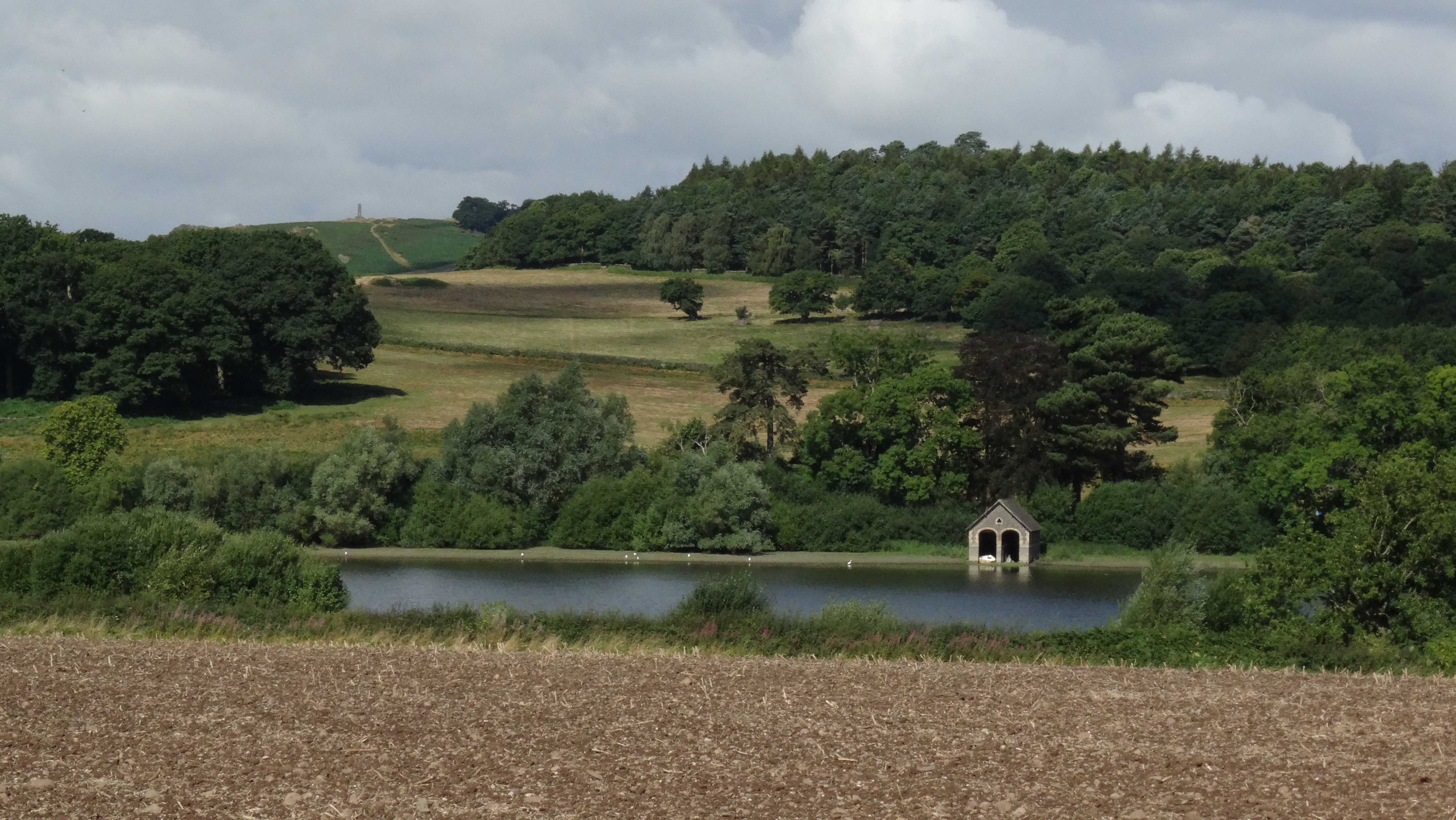 The still waters of Cropston Reservoir with Bradgate Park behind.
The still waters of Cropston Reservoir with Bradgate Park behind. Bradgate House, once a fine mansion and one of the first un-fortified Tudor manor houses to be built in England.
Bradgate House, once a fine mansion and one of the first un-fortified Tudor manor houses to be built in England.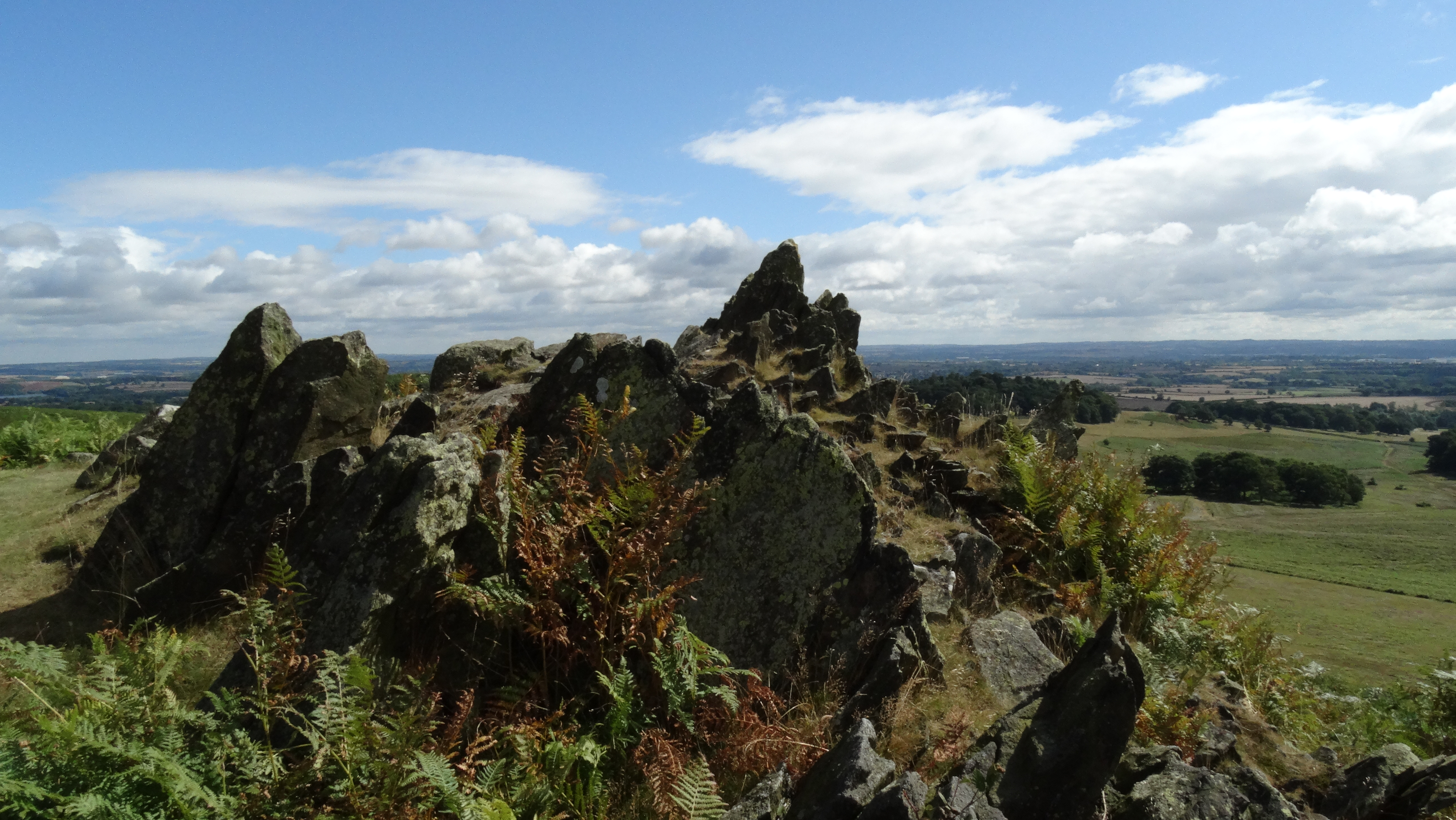 Ancient Pre-Cambrian rocks pierce the surface in Bradgate Park at many locations.
Ancient Pre-Cambrian rocks pierce the surface in Bradgate Park at many locations.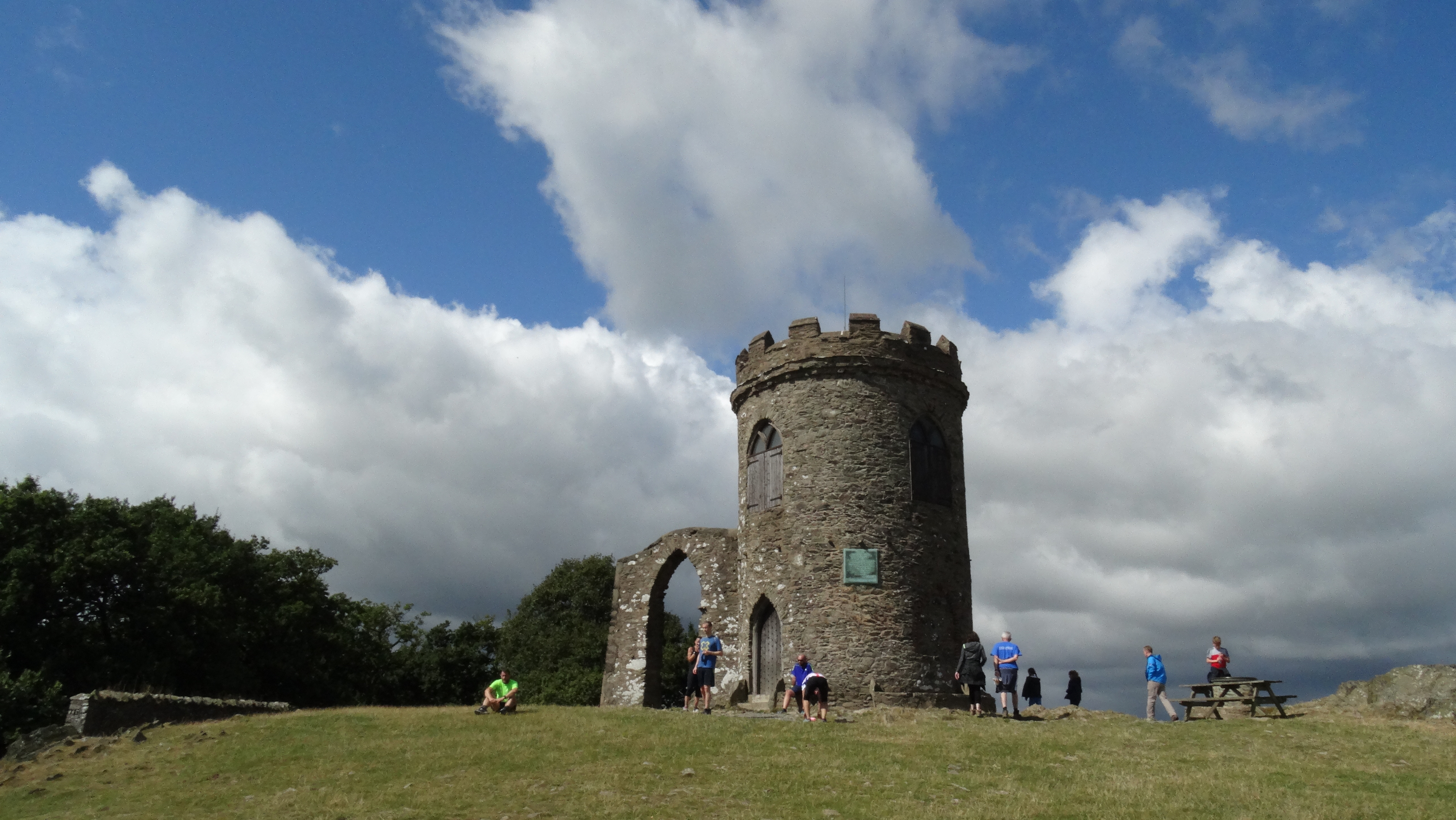 Old John Tower – one of the most well known landmarks in Leicestershire.
Old John Tower – one of the most well known landmarks in Leicestershire.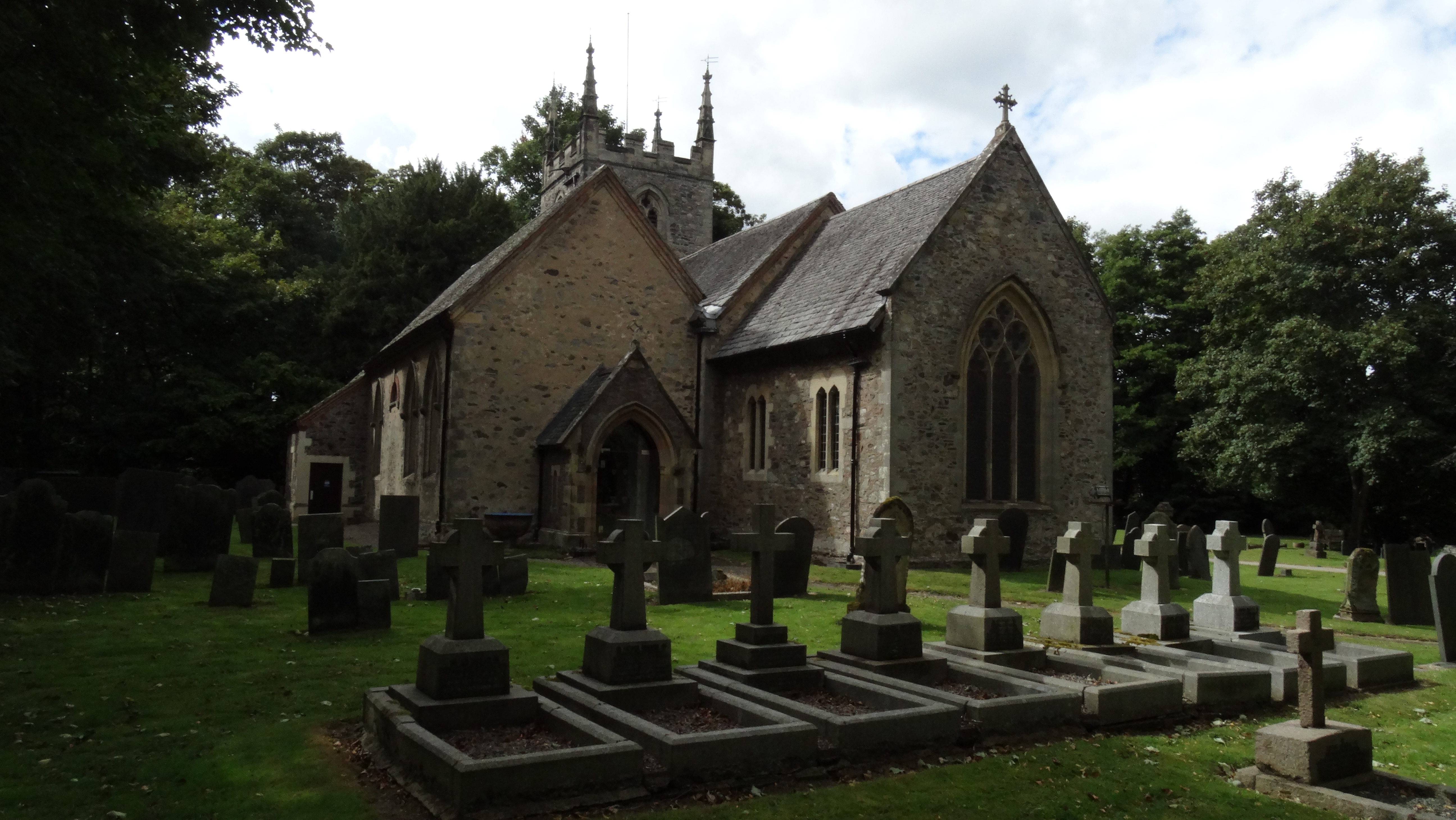 Swithland Church and a line of graves and final resting place of many of the Earls of Lanesborough.
Swithland Church and a line of graves and final resting place of many of the Earls of Lanesborough.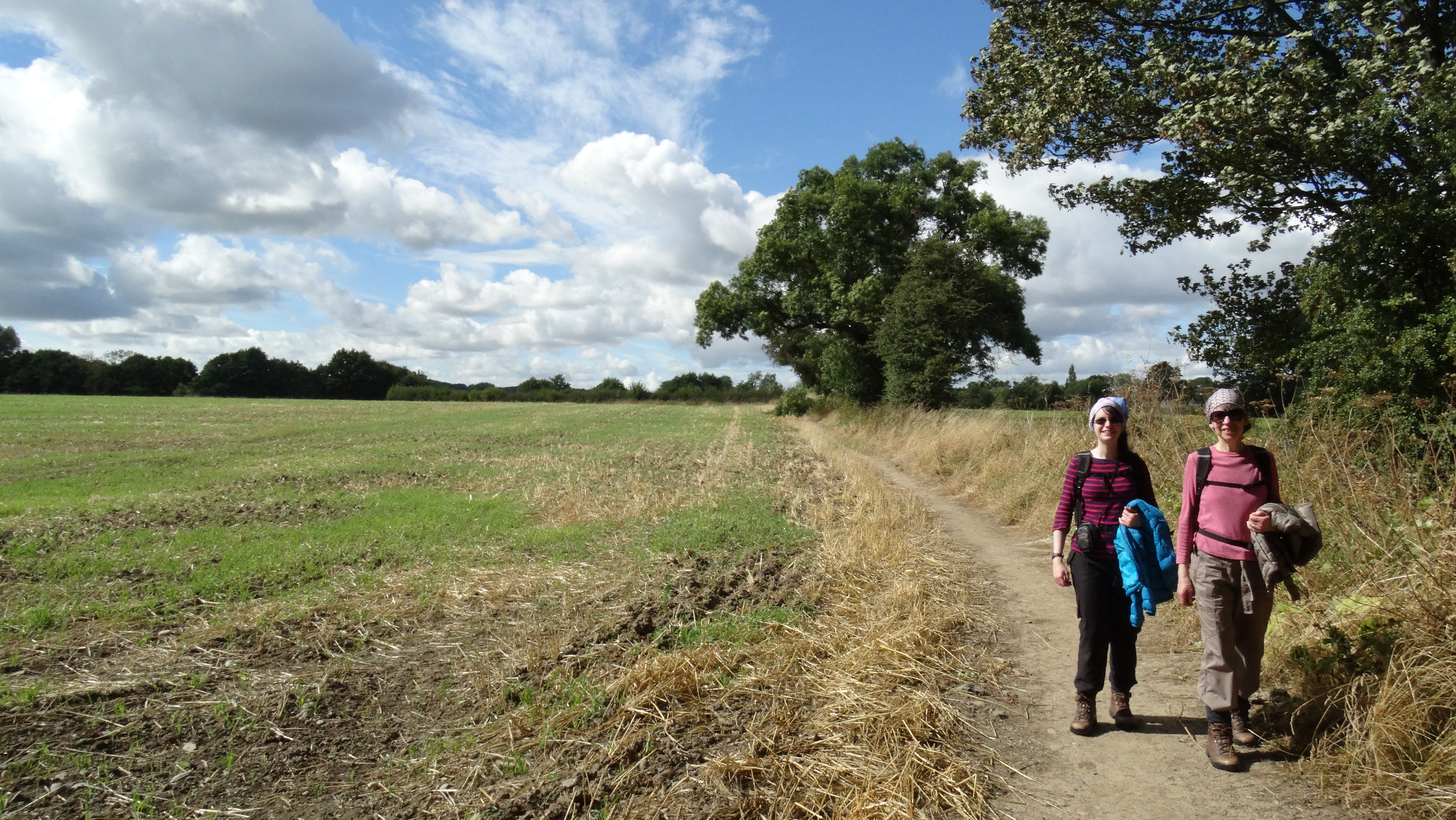 Good walking country and well signed paths make Leicestershire an area idea to explore.
Good walking country and well signed paths make Leicestershire an area idea to explore.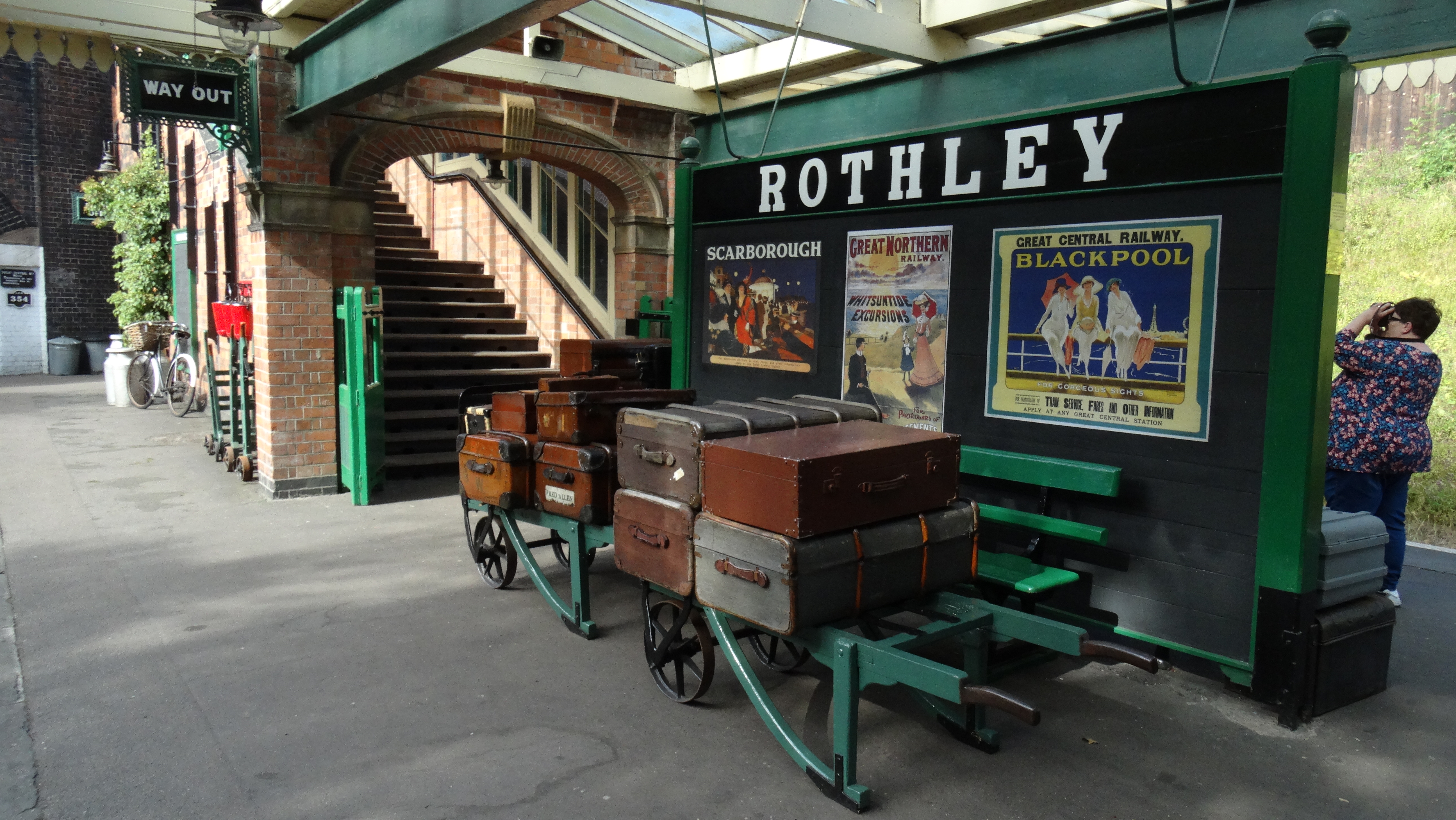 Transported back in time – Rothley Station on the Great Central Railway.
Transported back in time – Rothley Station on the Great Central Railway.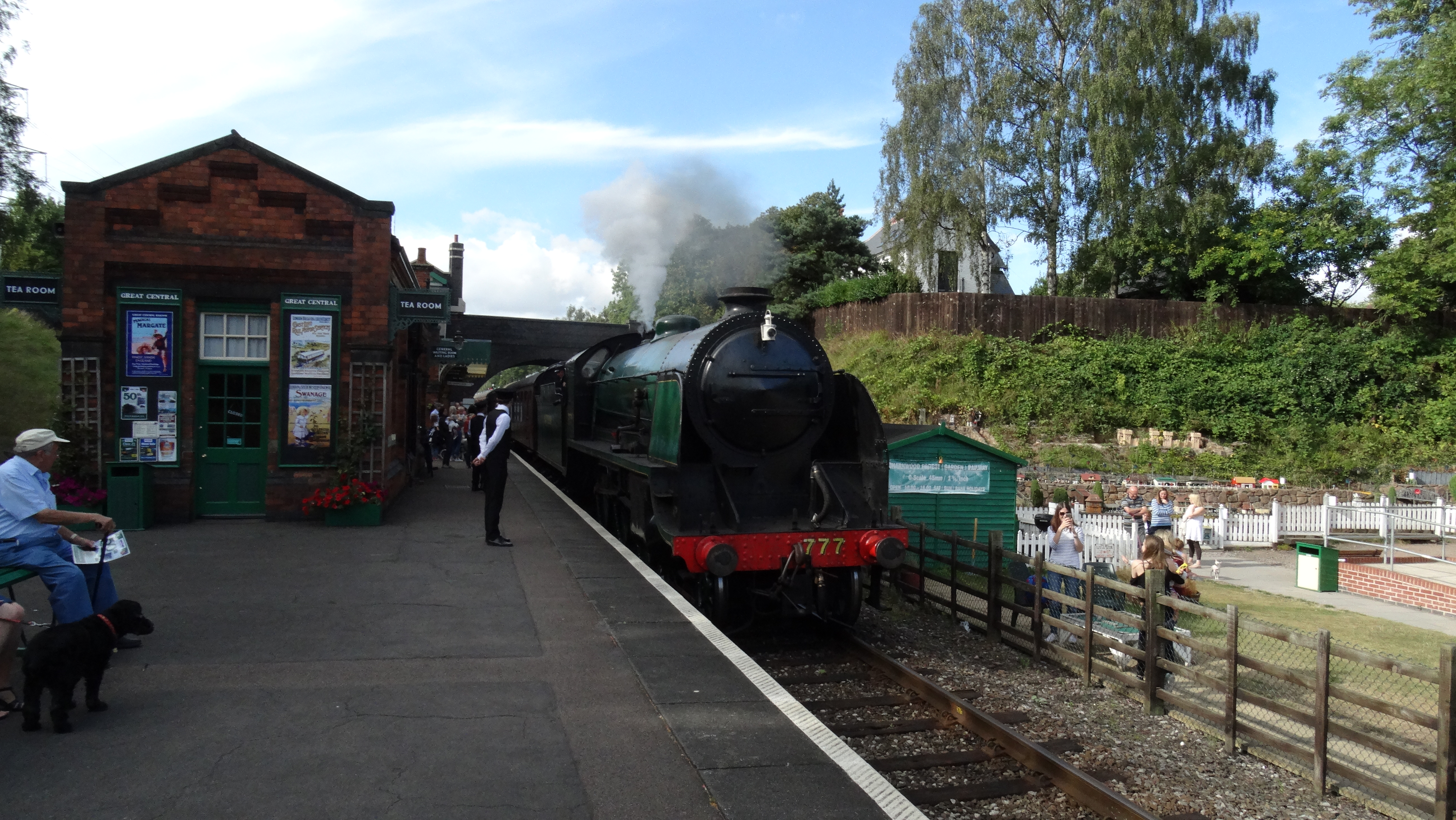 A perfect way to finish the day is to watch the steam trains pass through Rothley Station. The sounds and smells of yesteryear.
A perfect way to finish the day is to watch the steam trains pass through Rothley Station. The sounds and smells of yesteryear.
